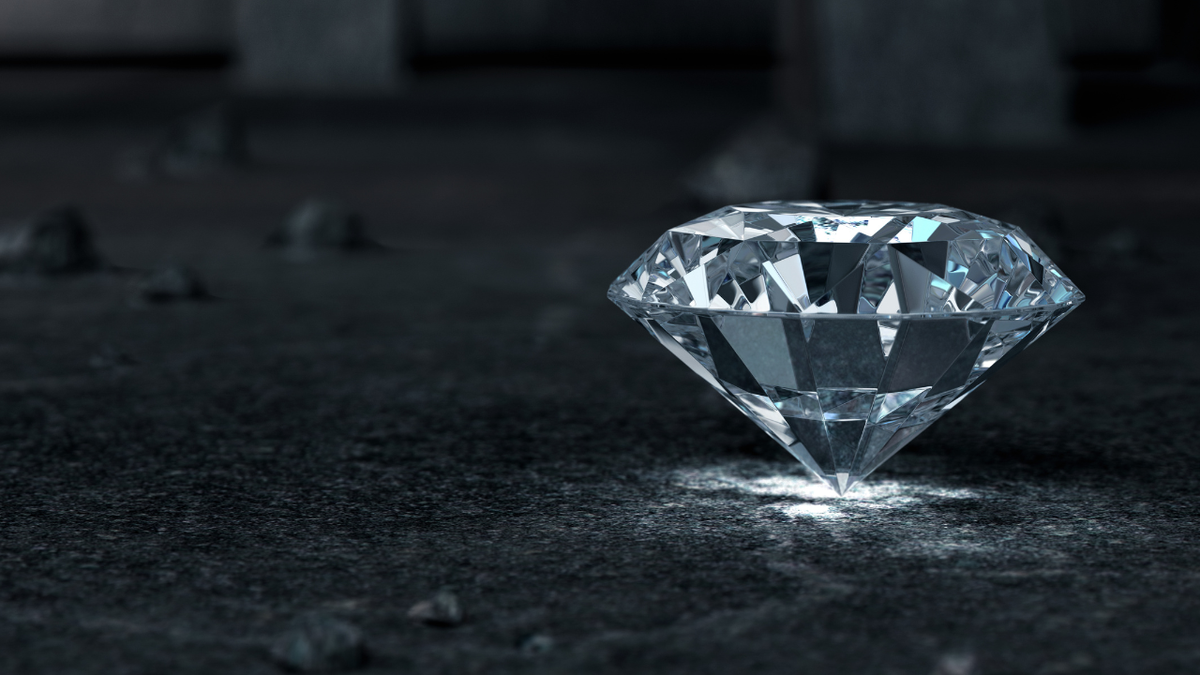
The emergence of lab created diamonds has revolutionized the jewelry industry, sparking discussions about ethics, sustainability, and the future of diamond mining. While the phrase “First man-made diamond” may not be explicitly associated with a specific book, it does encompass a significant topic that has been explored in literature and media. This article will delve into the concept of lab created diamonds and their impact on the jewelry world.
Lab created diamonds, often referred to as synthetic or man-made diamonds, are produced in controlled environments that replicate the conditions under which natural diamonds are formed deep within the Earth’s mantle. The phrase “First man-made diamond” symbolizes a milestone in scientific and technological advancements that has changed the way we perceive and acquire diamonds.
The concept of lab created diamonds raises questions about authenticity and value. The distinction between natural and lab created diamonds lies primarily in their origin. Natural diamonds are formed over millions of years under intense pressure and heat, while lab created diamonds are grown within a matter of weeks in highly controlled laboratory settings. Despite their distinct origins, lab created diamonds possess the same physical, chemical, and optical properties as natural diamonds, making them visually and chemically identical.
Literature and media have explored the ethical implications of diamond mining and the potential benefits of lab created diamonds. The phrase “First man-made diamond” could serve as a starting point for discussing the shift in consumer preferences toward ethically and environmentally conscious choices. In recent years, consumers have become more concerned about the impact of diamond mining on the environment and human rights. Lab created diamonds offer an alternative that eliminates concerns related to unethical mining practices and human exploitation.
From a literary perspective, the concept of lab created diamonds can serve as a backdrop for exploring themes of innovation, ethics, and the clash between tradition and progress. Authors and storytellers have the opportunity to delve into the complexities of an industry undergoing transformation and the moral dilemmas faced by characters as they navigate this changing landscape.
In a fictional context, the phrase “First man-made diamond” could be a pivotal moment in a story, representing a breakthrough that challenges established norms and leads to unforeseen consequences. Characters may grapple with the ethical implications of using lab created diamonds, and their decisions could shape the course of the narrative.
Furthermore, the rise of lab created diamonds has sparked debates about their economic impact on the traditional diamond industry. The phrase “First man-made diamond” could signify the beginning of a new era, where consumers have more choices and the market experiences shifts in pricing and demand. Authors and thinkers can explore the socioeconomic implications of this transformation, capturing the essence of a changing market landscape.
In conclusion, the concept of lab created diamonds has introduced a new dimension to the jewelry world, challenging traditional notions of authenticity, ethics, and value. While the phrase “First man-made diamond” may not be directly tied to a specific book, it symbolizes a significant milestone in the ongoing conversation about the future of diamonds. Literature and media have the power to explore the complexities of this topic, using it as a lens through which to examine themes of innovation, ethics, and societal change. Whether in fiction or real-life discussions, the emergence of lab created diamonds has sparked a dialogue that extends far beyond the realm of jewelry.
